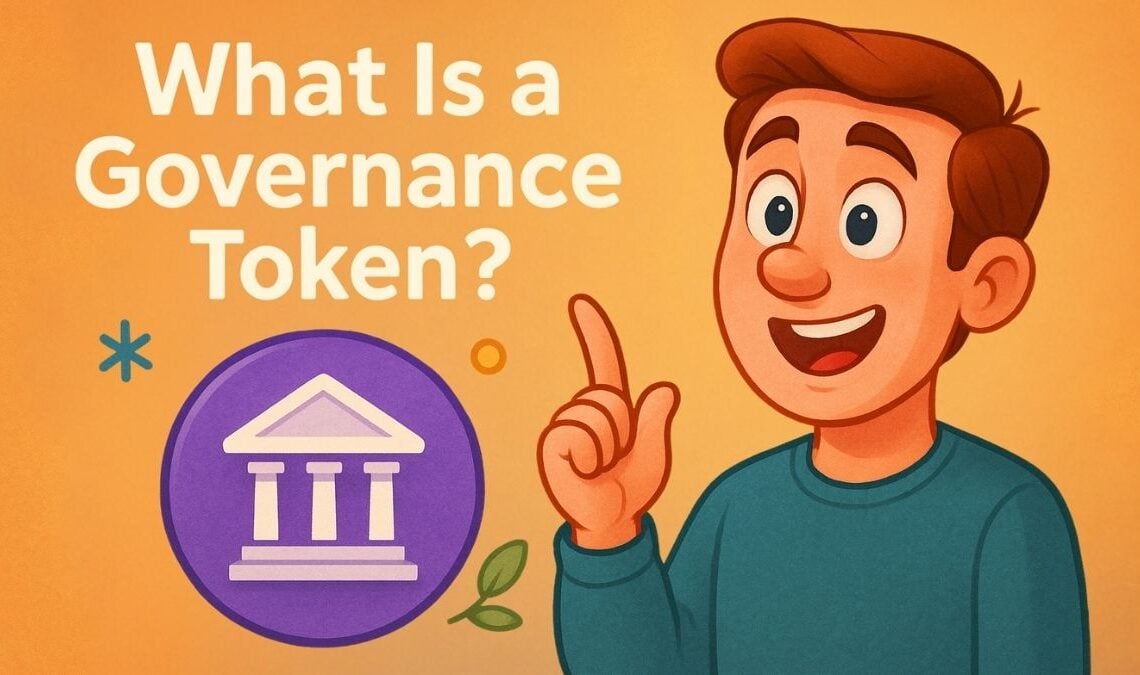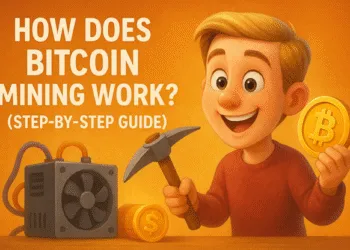Table of Contents
ToggleCrypto Governance Tokens: What They Are and How to Use Them
In the evolving world of decentralized finance and Web3, governance tokens are emerging as one of the most powerful tools for community-led control. These tokens aren’t just digital assets with speculative value—they’re mechanisms that allow holders to vote, propose, and shape the direction of decentralized protocols.
Whether it’s deciding on treasury allocations, software upgrades, or incentive changes, governance tokens are at the core of how many DAOs and DeFi platforms operate. But how do they work in practice, and why should you care?
Let’s explore what governance tokens really are, how to use them, and what role they play in the future of decentralized systems.
How Do Governance Tokens Work?
Governance tokens function like voting shares in a decentralized organization. Instead of a traditional corporate board or central authority, these tokens allow the community of users to make key decisions.
Here’s how the process typically works:
- Proposal Submission: Any eligible token holder (or group) can submit a governance proposal—ranging from protocol changes to fund distributions.
- Community Discussion: Proposals often go through forums or snapshot discussions where the community weighs in.
- Voting: Token holders cast votes, usually weighted by the number of governance tokens they own.
- Execution: If the proposal passes, it may trigger automated smart contract actions or guide core contributors’ next steps.
These tokens live on-chain, meaning the entire process is transparent, auditable, and tamper-proof.
Real Use Cases of Governance Tokens
Governance tokens are already live and active in some of the biggest DeFi ecosystems. Here are a few examples of what users vote on:
- DAOs: In decentralized autonomous organizations, governance tokens determine everything from hiring contributors to changing the project’s mission.
- DeFi Protocols: On platforms like Aave or Uniswap, token holders vote on fee structures, asset listings, or protocol upgrades.
- Treasury Management: Communities decide how to allocate multi-million-dollar treasuries, including grants or liquidity incentives.
- Product Roadmaps: Users can help guide development priorities by voting on technical proposals.
This level of influence marks a radical departure from traditional finance, giving actual control to the community.
How to Get and Use Governance Tokens
Using governance tokens is surprisingly simple, and it all starts with acquiring them. Most are either:
- Airdropped to early users of a platform (e.g. Uniswap’s UNI),
- Earned through staking or yield farming, or
- Purchased on exchanges like Coinbase, Binance, or decentralized platforms like Uniswap.
Once you hold them, here’s how you can get involved:
- Connect your wallet to the project’s governance portal (e.g. Snapshot, Tally, Aragon).
- Browse active proposals and participate in forum discussions.
- Vote directly from your wallet interface when proposals go live.
- Stay informed—some projects have weekly updates, votes, and strategy calls.
Even a small amount of tokens can give you a say in the future of a protocol.
Pros and Cons of Governance Tokens
Like any innovation in crypto, governance tokens come with their trade-offs. Here’s what to consider:
Pros:
- Empower users to shape the direction of decentralized systems.
- Create transparency and community ownership.
- Reward active contributors and loyal users.
Cons:
- Often dominated by whales who hold large amounts of tokens.
- Low participation rates can skew decisions.
- Governance fatigue may lead to centralized decision-making over time.
Some DAOs are experimenting with quadratic voting or reputation-based systems to address these issues.
Final Thoughts: Why Governance Tokens Matter More Than Ever in 2025
As the Web3 ecosystem continues to grow, governance tokens are becoming more than just another asset class—they’re becoming the foundation of digital democracy. In a landscape where users demand more ownership, transparency, and influence, governance tokens offer a scalable way to decentralize decision-making without losing direction.
Whether you’re a casual DeFi user or a committed DAO contributor, understanding and participating in governance is quickly becoming essential. The future of crypto may not be written by developers alone—but by everyone who holds a voice.








